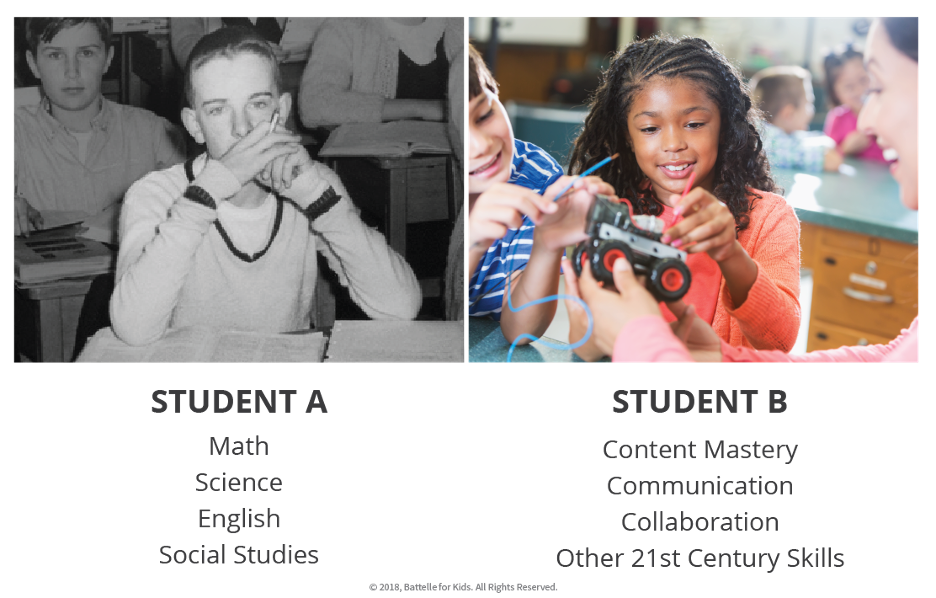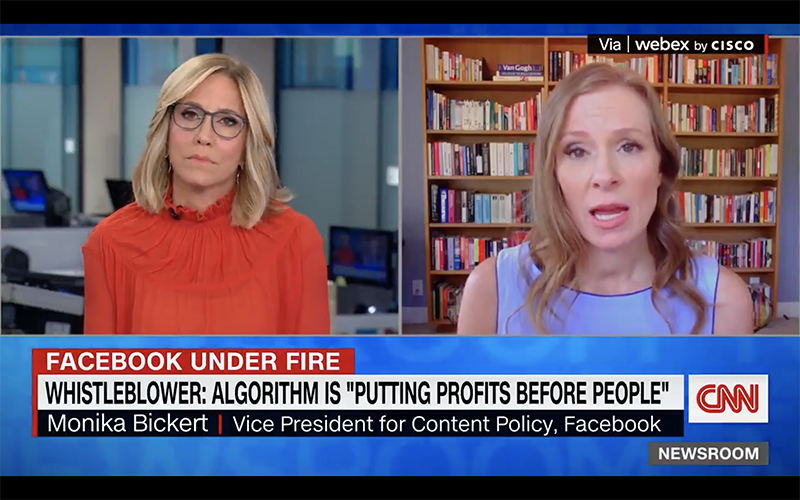Even as life-science companies pound out DNA sequencing improvements fast enough to make the computing industry look downright sedentary, the industry has been hindered in implementing its many advances so they can help patients in clinical settings.
One major cause is the U.S. Food and Drug Administration, which has asserted it will regulate these next-generation sequencing tools—but has not yet decided what will be regulated, how evaluations will take place, or when this oversight might kick in. With widespread uncertainty about the regulatory environment, companies developing genomic products for clinical use have been in limbo, and the venture capitalists who haven’t fled the space are tightening their belts. (For an excellent look at FDA’s waffling in other areas, check out this article about regulation of medical apps.)
At the recent Advances in Genome Biology & Technology conference in Marco Island, Fla.—a mecca for the cutting-edge sequencing technology community—one brave FDA official aimed to shed light on the agency’s approach to these tools.
The FDA’s Zivana Tezak, a science and technology expert in the agency’s Office of In Vitro Diagnostics and Radiological Health, deserves credit just for standing in front of the crowd of die-hard technologists and clinicians. Her message began with a reminder that there is no final guidance yet on new DNA sequencing tools and ended with a call for more minds in the brainstorm: “We really do need help in trying to get this right,” she told the audience.
Between those not-quite-comforting sentiments, Tezak highlighted the challenges her agency faces in trying to establish a regulatory framework that will work across sequencing platforms and the many different types of tests that might run on them. For one thing, DNA-based tests that have been approved by the FDA—there are more than 200 of them so far, Tezak said—are primarily single-gene tests. In these cases, a disease is widely accepted to be caused by a change in just one of the 20,000-plus genes in the human genome. Determining whether that gene is normal or mutated is relatively straightforward.
However, the majority of diseases are thought to be caused by complex interactions among many genes. Tests that examine several genes at once are more likely to turn up incidental results or variations whose significance is not yet understood than are single-gene tests. (An incidental finding, such as discovering someone’s risk of developing Alzheimer’s when you were looking for risk of heart disease, is a major challenge for regulators.) Consequently, assessing the reliability, precision, and safety of these tests is far more complicated than it is for currently regulated tools. On the other hand, the agency aims to ensure that it doesn’t set the bar impossibly high; “it doesn’t have to be perfect,” Tezak said.
Throughout its years of trying to offer guidance, the FDA has done a good job of encouraging feedback from the community. Tezak said the agency is “considering” some suggestions that have emerged through that process, such as the recommendation to evaluate sequencing platforms separately from the tests that will be run on them.
She and her colleagues are engaged in initiatives with the National Institute of Standards and Technology, the National Institutes of Health, and the Centers for Disease Control and Prevention to establish much-needed reference tools that will help standardize the evaluation process. They are also seeking a unified database of clinically relevant DNA variants that would help with unknown and incidental findings. Such a database could be useful in FDA oversight of analysis and interpretation tools used for sequencing-based tests.
Separately from the progress in sequencing, interpretation software for generating reports for physicians is immature. These types of reports would explain the DNA results or make recommendations for treatment. Such analysis tools will themselves be subject to close scrutiny from the FDA, but at the moment there is little clarity on how the agency will regulate them.
Though Tezak did not provide the black-and-white guidelines the life-science industry desperately wants, at least the FDA has made enough progress to offer this kind of public presentation. It is also important to remember that the agency is working to keep people safe, not to impede progress. But try explaining that to the many patients whose condition could be improved right now if only these genomic technologies were getting into the clinic faster.
How the FDA’s Best Intentions Are Slowing the Genomics Revolution
Even as life-science companies pound out DNA sequencing improvements fast enough to make the computing industry look downright sedentary, the industry has been hindered in implementing its many advances so they can help patients in clinical settings. One major cause is the U.S. Food and Drug Administration, which has asserted it will regulate these next-generation sequencing tools—but has not yet decided what will be regulated, how evaluations will take place, or when this oversight might kick in. With widespread uncertainty about the regulatory environment, companies developing genomic products for clinical use have been in limbo, and the venture capitalists who haven’t fled the space are tightening their belts.















